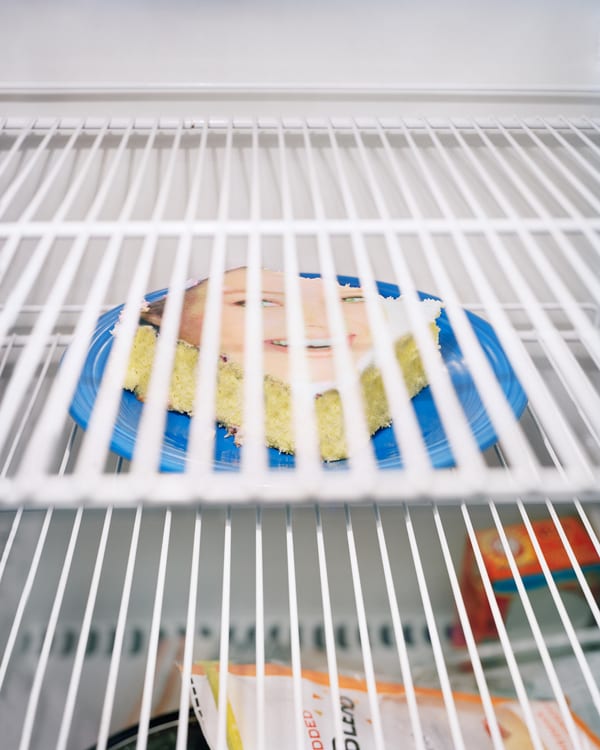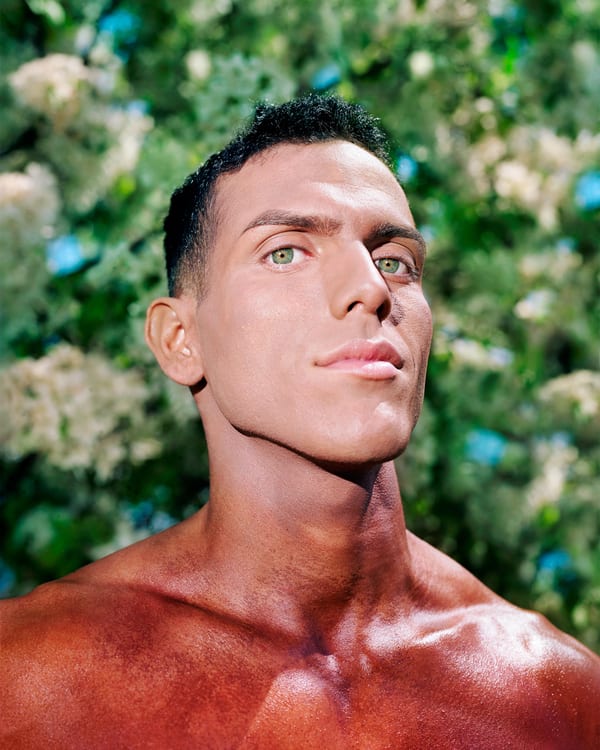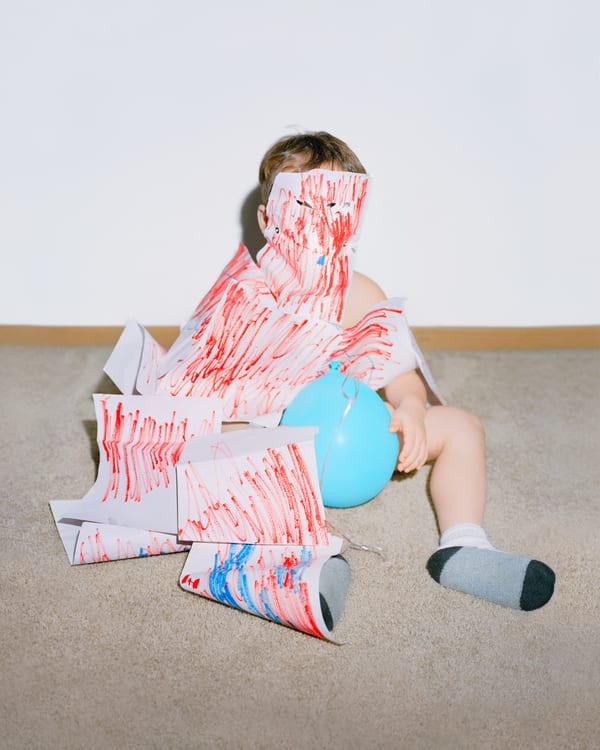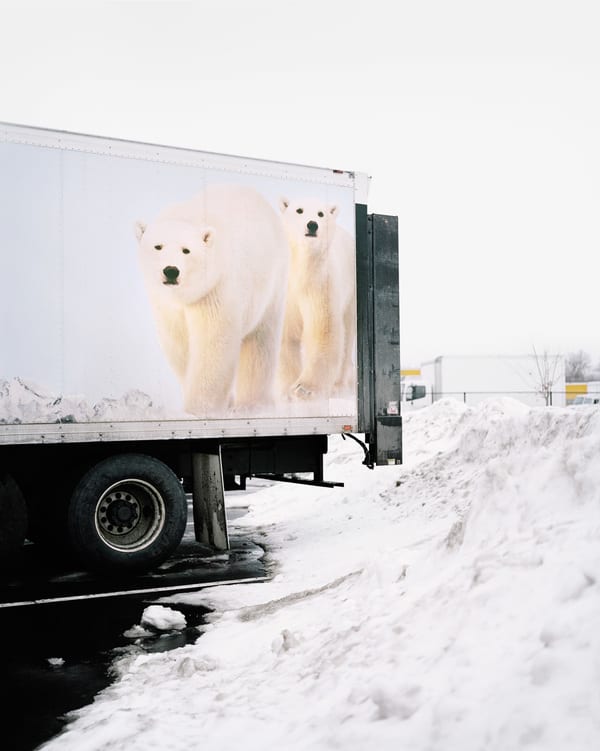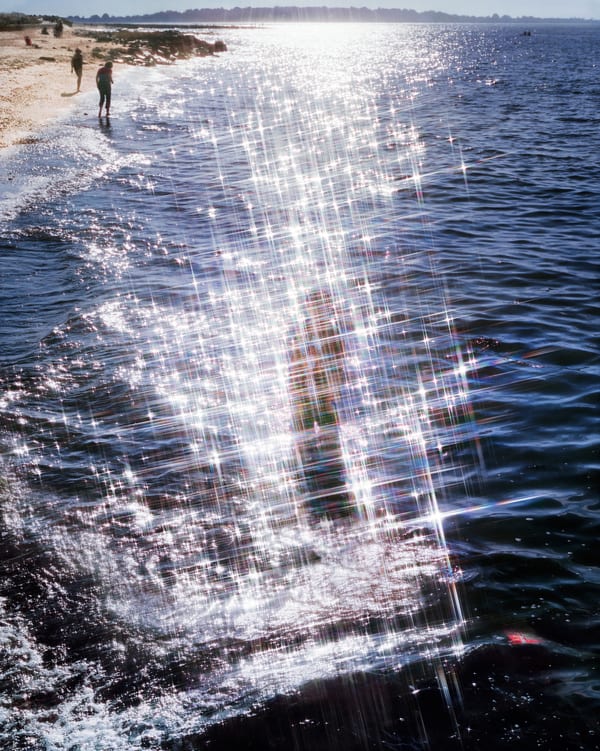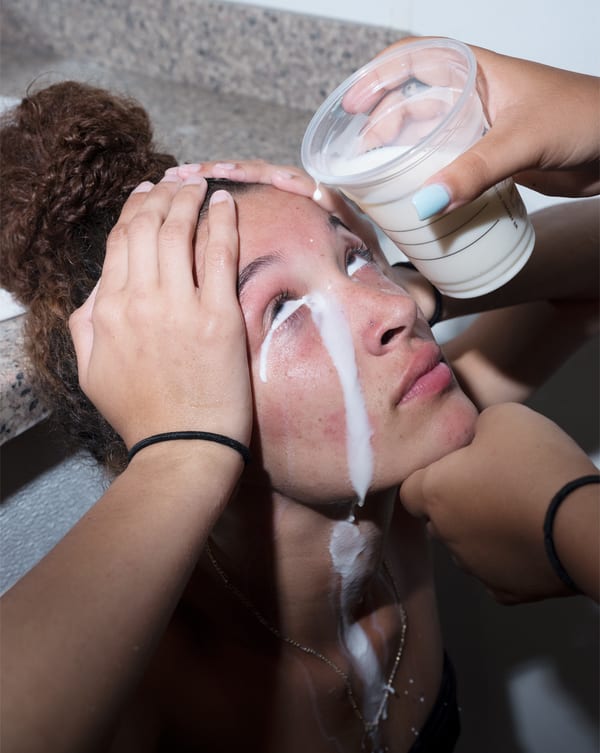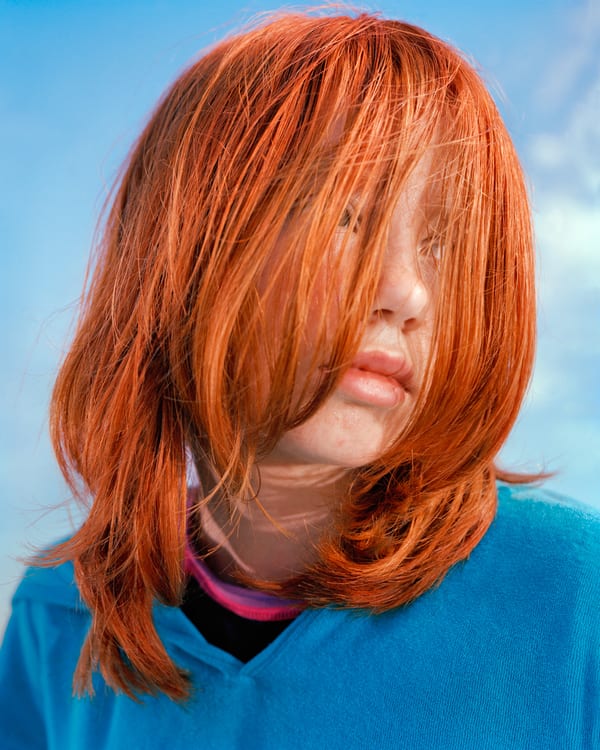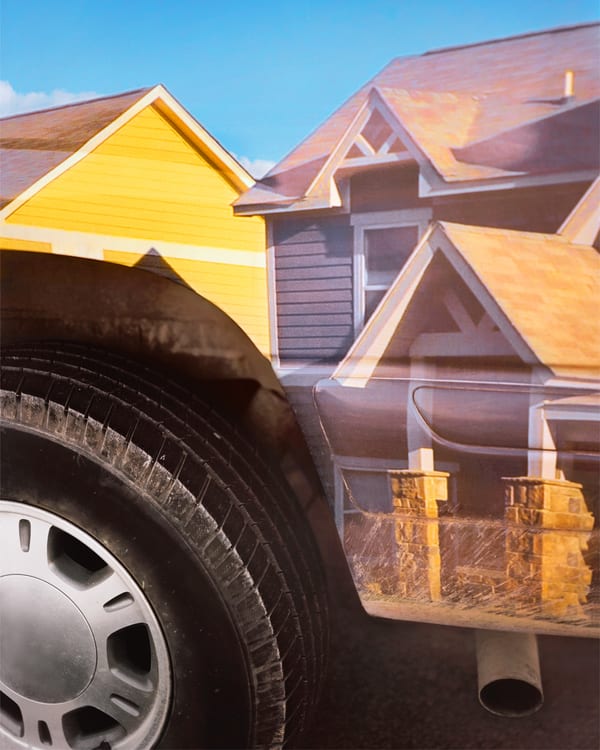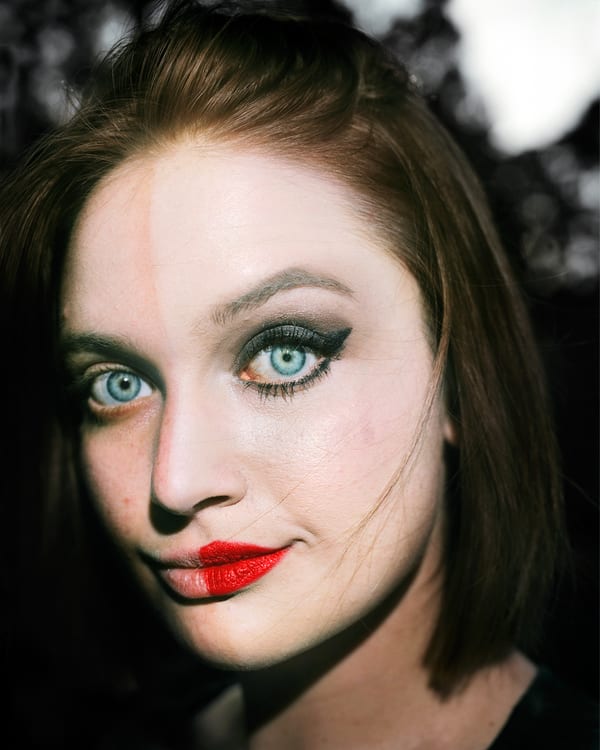“When I started making Happy Valley, I was still struggling with the hangover of growing up there,” says Eva O’Leary of the series, which stems from the photographer’s experience of growing up in a town entrenched in many destructive aspects of American culture. “I realised that a lot of the things I had internalised as normal were actually toxic.”
Happy Valley is the nickname for State College, a town in Pennsylvania. Its identity largely rests on being home to Penn State University, “one of America’s biggest party schools,” says O’Leary. Happy Valley is a slogan, almost a command, given by the university and emblazoned on t-shirts and merchandise, but there is a dichotomy between the idea of Happy Valley and the reality of the place.
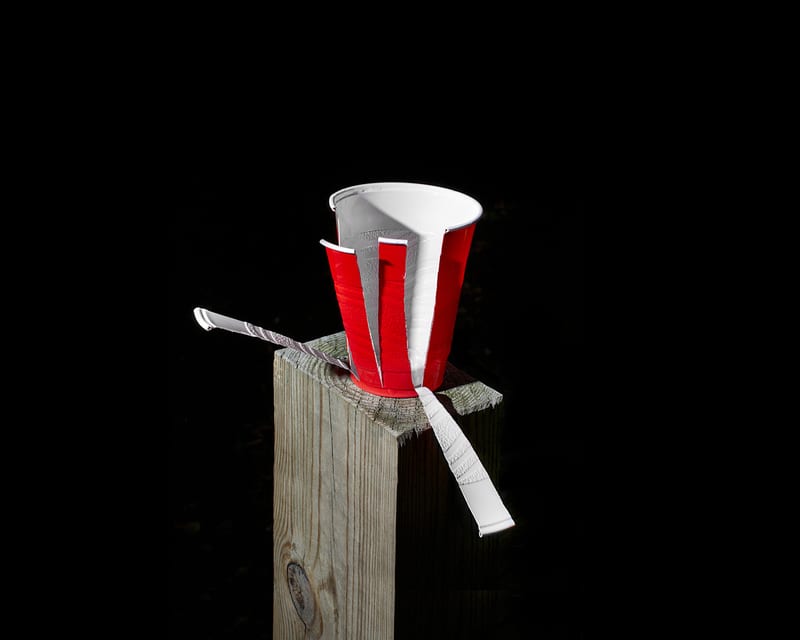
“The projected image is of a small American, sporty, wholesome town,” explains O’Leary. “People see it as this place of eternal youth where nothing bad ever happens, because everyone there is a student and it’s very isolated.” Growing up in Happy Valley, however, proved very different. “Like a lot of America, there are very rigid gender roles, and a lot of hyper masculinity, combined with the extreme sexualisation of young women,” says O’Leary. As she began to deconstruct the effects of feeling it necessary to conform to such gender roles, O’Leary started to view Happy Valley as a microcosm of the US and equate the things she was feeling there to her discomfort with wider American culture.
“I grew up being told that feminism had already happened,” she says.“I was fed these pop icons like Britney Spears, who were extremely sexualised and selling a certain prescribed image.” However, this image and the societal pressure it brought could not be sustained. “There was this Britney Spears trajectory where she became extremely popular and then had her breakdown,” notes O’Leary, who saw this pattern being mimicked by herself and her friends, along with other celebrities. She cites Happy Valley as a metaphor for this internal breakdown: enforced by the toxicity of US culture and nourished by advertising and celebrity.
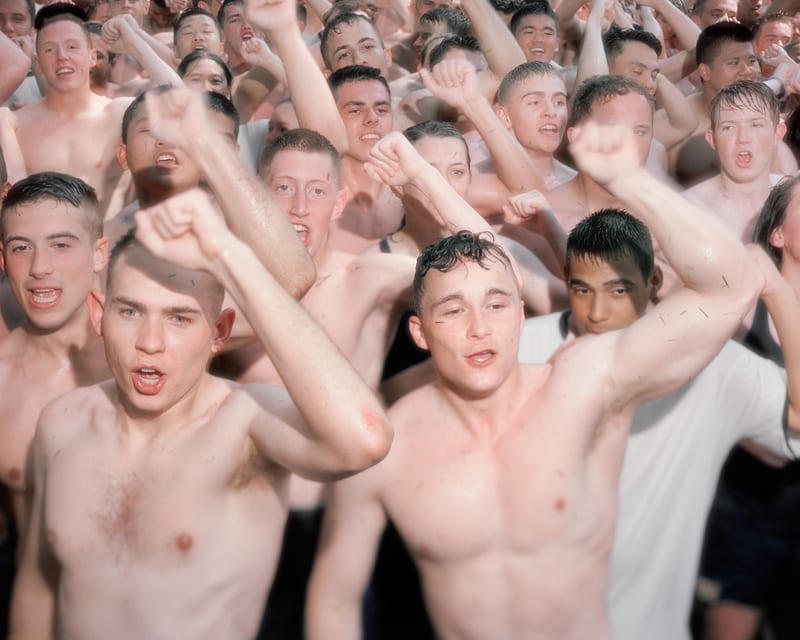
“Happy Valley is to do with the gloss on the surface,” explains O’Leary, “I wanted to communicate this idea of perfection, in contrast to what lies underneath, what is really happening.” Alternate realities is a clear theme in the photographs. The images borrow the saturated colours and fixed poses of commercial photography; comprising a piece of cake bearing the face of a saccharine young woman with perfect blonde hair and a Colgate smile, sitting half eaten in the fridge; a portrait image of a man smeared in fake tan; an army of topless men cheering expressionlessly. The series depicts an environment where individuals model their identity on the worth of their bodies, trading reality for white smiles, false communities and glowing tans, but breaking beneath the pressure of it.
Last year, O’Leary won the Hyères Festival photographie grand prix with her series Spitting Image, showing young American girls aged between 11 and 14 as they looked at themselves in the mirror. “I’ve spent a lot of time focusing my work on unpicking a specific age,” explains O’Leary. “It is a way to make sense of things I am still struggling with.”
Happy Valley is on show throughout Hyères Festival 2019.
